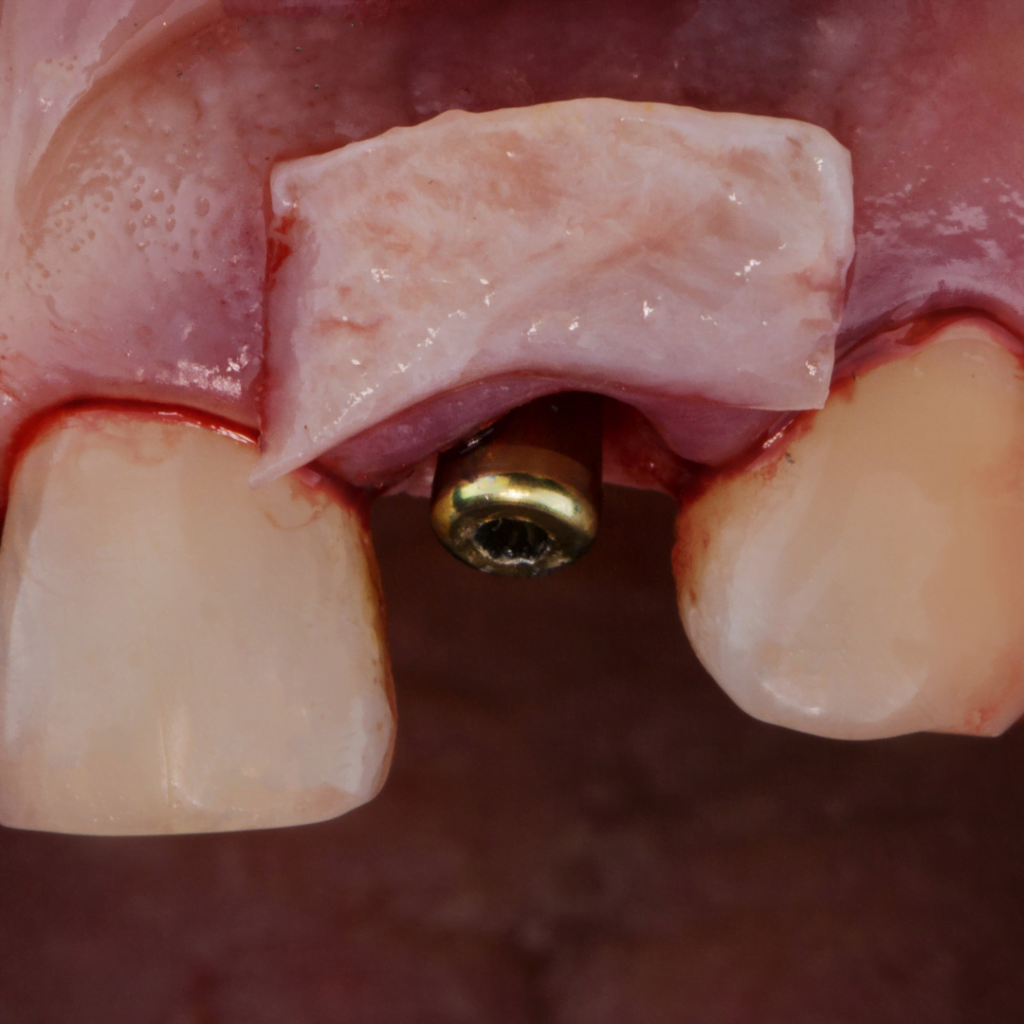Dental Soft Tissue Syndrome Management encompasses a range of strategies to address conditions affecting the soft tissues of the mouth, including the gums, cheeks, lips, and tongue. This comprehensive approach involves maintaining good oral hygiene practices, such as regular brushing and flossing, to prevent issues like gum disease. In cases of gum disease or other soft tissue problems, periodontal therapy may be recommended, including scaling and root planing to remove plaque and tartar buildup. Additionally, surgical procedures like gum grafting or crown lengthening may be performed to correct soft tissue irregularities or to improve the aesthetics of the smile. Continuous monitoring by dental professionals and patient education on oral care play essential roles in preventing and managing soft tissue syndromes for optimal oral health and overall well-being.


The Soft Tissue Management Plan is a structured approach aimed at promoting and preserving the health of the soft tissues within the oral cavity. This plan typically involves regular dental check-ups and cleanings to monitor the condition of the gums, cheeks, lips, and tongue. It also includes educating patients on proper oral hygiene practices, such as effective brushing and flossing techniques. For individuals with gum disease or other soft tissue issues, the plan may encompass specialized treatments like scaling and root planing to remove harmful plaque and tartar deposits. Patients with aesthetic concerns may benefit from cosmetic procedures like gum contouring or grafting. The Soft Tissue Management Plan is tailored to each patient’s specific needs, with the goal of achieving and maintaining optimal oral health and a vibrant smile. Regular communication and collaboration between patients and dental professionals are vital for the success of this plan.
THE GOAL OF SOFT TISSUE MANAGEMENT:
The primary goal of Soft Tissue Management in dentistry is to achieve and maintain optimal oral health by preserving the health and integrity of the soft tissues within the oral cavity. This includes the gums (gingiva), cheeks, lips, tongue, and other soft structures. Here are the key objectives and goals of Soft Tissue Management:
- Preventing Gum Disease: One of the primary aims is to prevent and control gum disease (periodontal disease), which can lead to issues like gum inflammation, gum recession, and even tooth loss. Managing gum health is essential for overall oral well-being.
- Maintaining Tissue Integrity: Soft tissue management focuses on maintaining the integrity of oral structures. This includes ensuring that the gums are firmly attached to the teeth, which helps in protecting against infection and tooth mobility.
- Promoting Healthy Gums: Healthy gums are essential for providing support to the teeth and enhancing the appearance of the smile. Soft tissue management aims to achieve and maintain pink, firm, and stippled gum tissue.
- Managing Aesthetic Concerns: Soft tissue management can also address aesthetic concerns related to the soft tissues, such as uneven gum lines, excessive gum tissue (gummy smile), or receding gums, to improve the overall appearance of the smile.
- Preventing Recurrence: For patients who have received treatment for gum disease or other soft tissue issues, the goal is to prevent the recurrence of these problems through regular monitoring and maintenance.
- Patient Education: Soft tissue management involves educating patients about proper oral hygiene practices, including effective brushing, flossing, and the importance of routine dental check-ups and cleanings.
- Customized Treatment Plans: The approach is tailored to the individual needs and conditions of each patient, ensuring that they receive personalized care to address their specific soft tissue concerns.
- Overall Health: Healthy soft tissues are not only important for oral health but can also impact overall health. Soft tissue management helps in reducing the risk of systemic health issues associated with gum disease, such as cardiovascular disease and diabetes.
Ultimately, the goal of Soft Tissue Management is to empower patients to maintain excellent oral health, prevent oral diseases, and enhance the aesthetics of their smiles, promoting overall well-being and a high quality of life.
